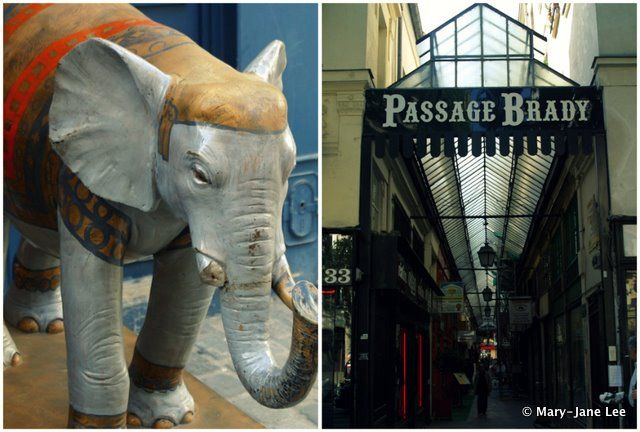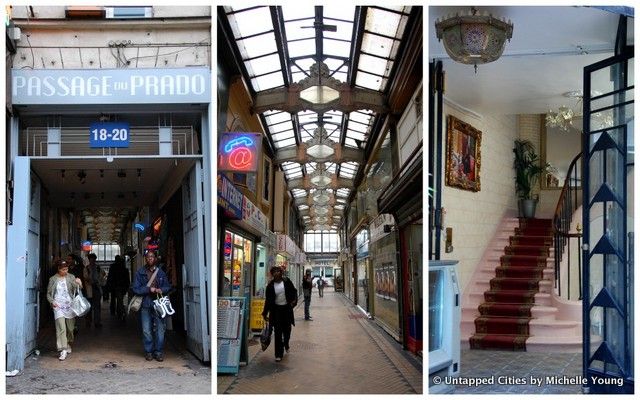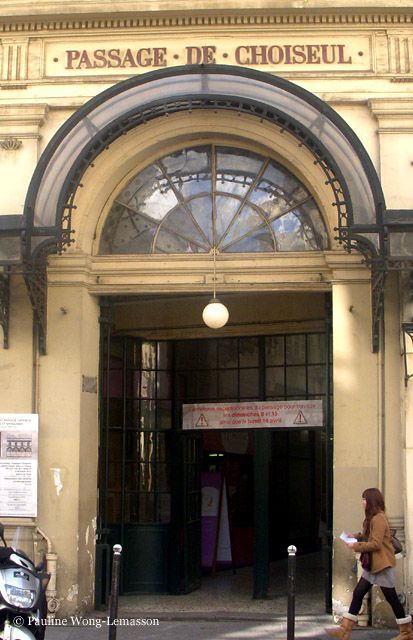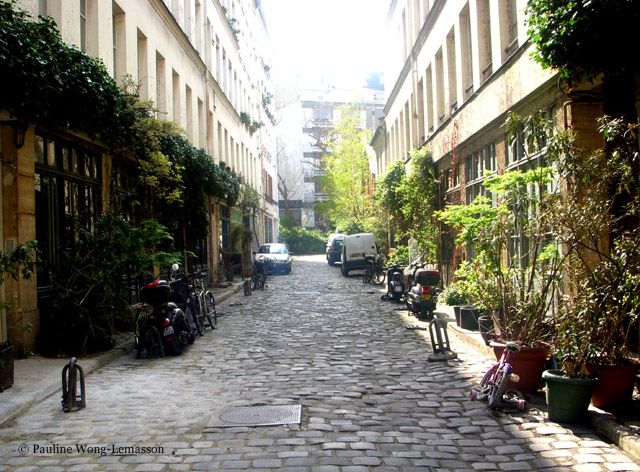Exclusive Gilded Age Arts Society Debuts New Public Exhibits in NYC
The American Academy of Arts and Letters, a venerable New York cultural institution, is a portal to art across time!


For a more off-the-beaten-path experience that’s still right in the thick of “tourist” Paris, the covered glass and iron arcades known as les passages offer endless delights with their quirky shops and built-in nostalgia. Constructed in the 18th and 19th centuries, the arcades provide a sense of secrecy; they’re a bit hidden and when you pass through you’re dumped out in an entirely different place than where you entered. These discreet meccas of consumption and voyeurism provide a glimpse into what Parisian life was like over 100 years ago. While the arcades were once commonplace (yet aspirational) places for the bourgeoisie, less than 20 of the 150 that were built still exist today.
Many were privately constructed in real estate schemes. Nearby landowners would swoop in and purchase or demolish vacant structures, freeing up space for the block-long walkways. During the era of Napoleon III and Baron Haussman, passages were constructed to make the city a more sanitary and open space. The passages created the image of Paris as a modern city of luxury, perfectly situated on the more bourgeois Right Bank, far from the bohemians of the Left Bank.
This bustling consumerist world existed inside of the greater city body, whose realities left others longing for a brief escape. The exterior experience was one of noise, mud and general grit. The passages offered a warm, paved and enclosed oasis where one could slow down and embrace the desires the spaces successfully evoked. The flâneur, the term given to the men of leisure who strolled Paris, were forever imprinted in literature in Walter Benjamin’s paean to the passages, The Arcades Project.
The passages each have distinct personalities–some are dusty and traversed less often, others are full of visitors and packed with visual distractions. Here are our top 5 picks that are still “Untapped”:
1. Passage Brady is located near Gare de l’Est and is a little taste of India in Paris. One of the longest covered streets in Paris, shops inside sell exotic goods like spices, fruits, oils and teas. This is a wonderful place for an inexpensive meal and detour around the everyday French. 43 rue du Faubourg-Saint-Martin, 10
tharrondissement.

2. Passage Bourg L’Abée, isn’t the typical bustling passage that others, specifically the nearby Passage du Grand Cerf, are. Despite its dusty exterior, there are still running shops there. It begs its visitors to imagine what it was like in its heyday and it retains the imagery conjured by Walter Benjamin’s descriptions of the arcades in the 19th century–places that blurred the line between interior and exterior via architecture and objects. 20, Rue Saint Denis and 3, Rue de Palestro, 2
ndarrondisement.

3. We love the Passage du Prado because it’s not perfect and not museum-ified. It is an amalgam of foreign shops and restaurants, from Pakistani restaurants to Thai fabric stores, and attracts many visitors for its variety. Entrances on Boulevard Saint-Denis and Rue de Faubourg Saint-Denis, 10
tharrondissement.

4. The Passage Choiseul is considered by many to be the best-preserved in Paris and is close to the Bibliothèque Nationale. In addition to being home to various merchants, the passage also houses Théâtre des Bouffes, the famed comedic opera house. Rue des Petits-Champs and Rue Saint-Augustin, 2
ndarrondissement.

5. The Passage l’Homme is a bit more tucked away and one would almost certainly miss it if not tipped off to its verdant beauty. It’s located in the 11th arrondisement, not far from Ledru Rollins and feels more like an alcove in a countryside town. Certainly a lovely change from some of the other more centrally-located passages. While there, don’t miss the incredible artisan enclave at 77 rue de Charonne that brings you right to the 18th century. 99 Rue de Charonne, 11
tharrondissement.

Also check out some of our other favorites: Passages des Panoramas and Passage Jouffroy , the mini Passage Beaujolais and the Passage du Grand Cerf.
Get in touch with the author @edelsaa.
Subscribe to our newsletter